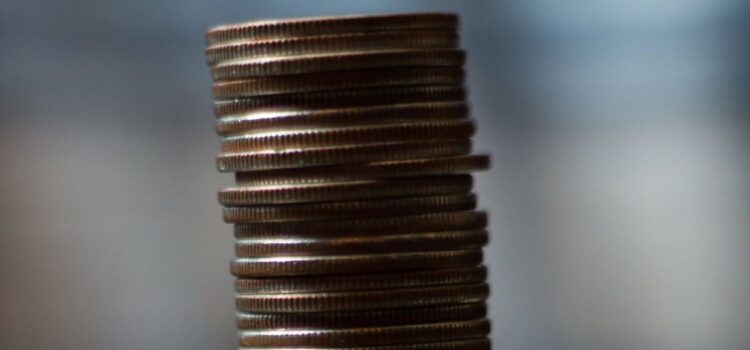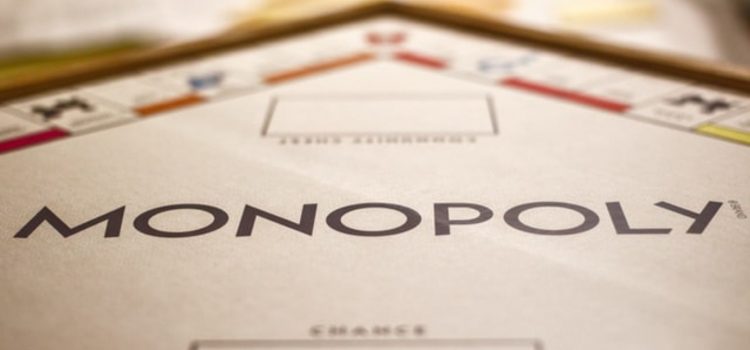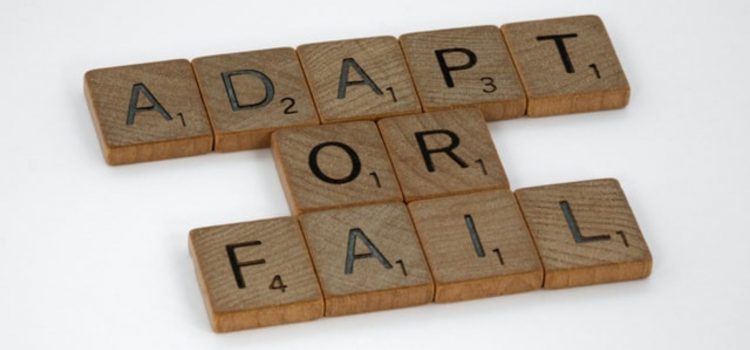What is the difference between inflation and deflation? Can inflation and deflation be happening simultaneously? What is the problem with having extreme inflation or deflation? In the most simplistic terms, inflation is the general increase in prices, while deflation is the overall decrease. Inflation and deflation can happen simultaneously in different classes. Both are problematic for an economy when taken to their extremes. Keep reading to learn about the difference between inflation and deflation and why either is economically problematic.
Economic Inflation and Deflation: What’s the Difference?









